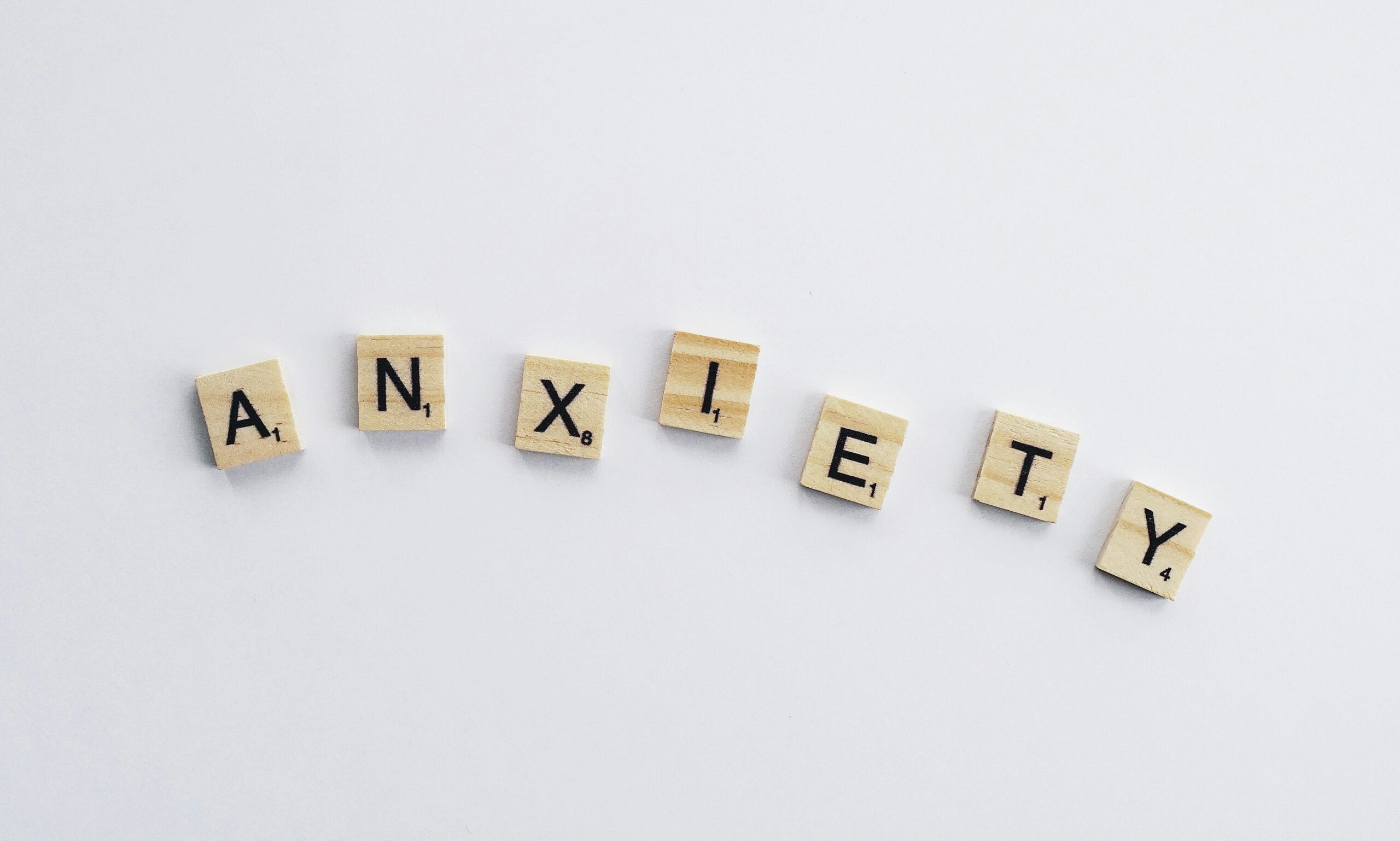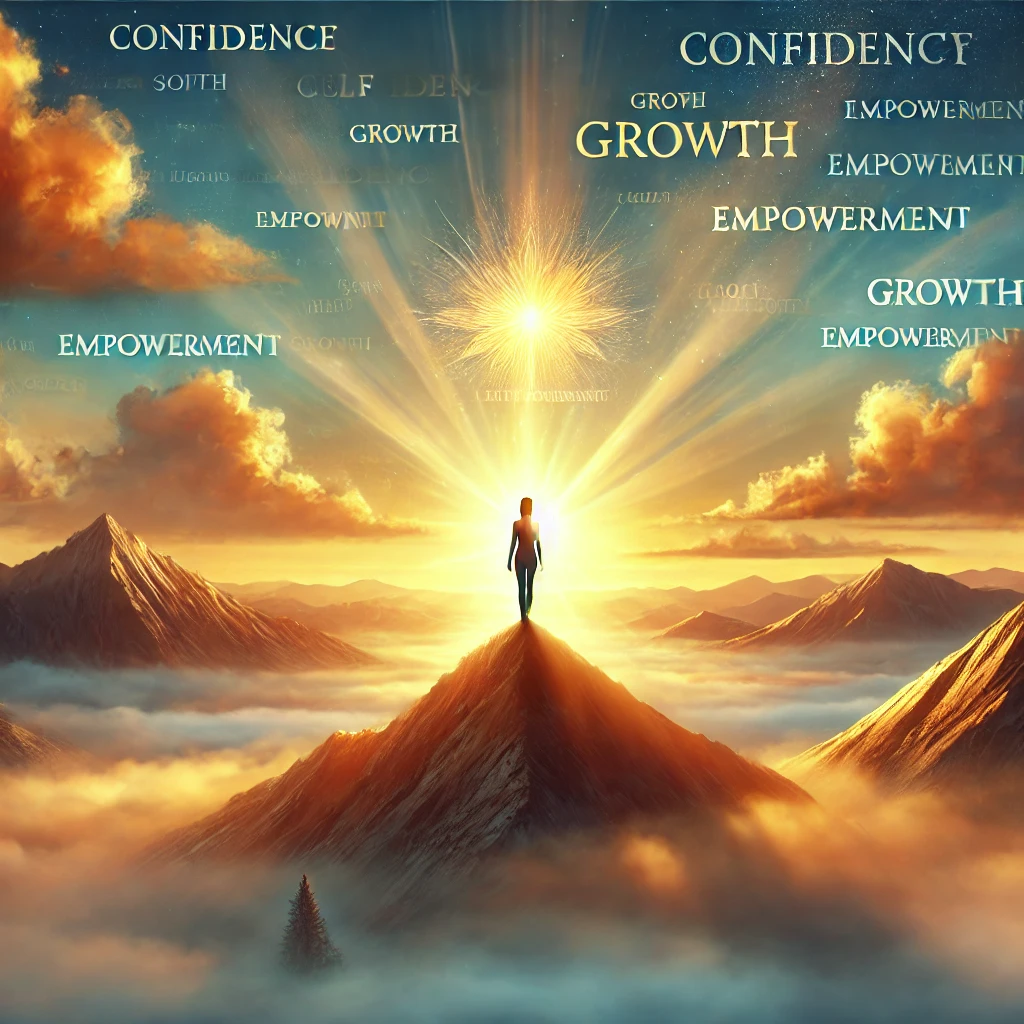

At some point, almost everyone experiences the feeling of being stuck in life. Whether it’s in your career, relationships, mental health, or personal growth, the sensation of stagnation can be frustrating, demotivating, and even overwhelming. The good news is that feeling stuck doesn’t mean you’re powerless—it’s often a sign that change is needed, and with the right mindset and strategies, you can break free and create a life that feels fulfilling and meaningful.
Here’s how to take action and start moving forward, one step at a time.
The first step to getting unstuck is acknowledging that you’re feeling this way. Avoiding or denying the problem only prolongs the stagnation. Instead, take a moment to reflect on your current situation.
Acknowledging where you are isn’t about self-criticism—it’s about self-awareness. Only by identifying the issue can you begin to work toward a solution.
Once you’ve acknowledged that you’re stuck, the next step is to figure out why. Often, the reasons are rooted in fear, limiting beliefs, or external circumstances.
Understanding what’s holding you back is crucial because it allows you to tackle the root cause, not just the symptoms.
Your mindset plays a significant role in how you approach challenges and navigate through tough times. If you’re constantly telling yourself, “I’m stuck, and I can’t do anything about it,” you’ll reinforce that belief. Instead, try reframing your mindset.
One of the biggest reasons people stay stuck is because they feel overwhelmed by the idea of change. The solution? Break your goals into small, manageable steps.
It’s easy to fall into the trap of waiting for the “perfect” time or the “perfect” plan. The truth is, there’s no such thing as perfect, and waiting often leads to inaction.
Remember, you don’t need to have it all figured out before you start. The act of moving forward will create new opportunities and insights.
Feeling stuck can be isolating, but you don’t have to navigate it alone. Surrounding yourself with the right people can make a huge difference.
Sometimes, the right conversation with the right person can completely shift your perspective.
If feeling stuck is taking a toll on your mental well-being, it’s important to address this head-on. Mental health struggles like anxiety, depression, or burnout can amplify feelings of stagnation.
Your mental health is the foundation for everything else in your life. Taking care of it isn’t optional; it’s essential.
Part of moving forward is learning to let go of what’s outside your control. Change is uncomfortable, but it’s also necessary for growth.
Embracing change can feel scary, but it’s also where the magic happens.
Sometimes, feeling stuck happens because you’ve lost sight of your purpose or what truly matters to you. Reconnecting with your “why” can reignite your motivation.
Your “why” is your compass. Let it guide you as you take steps forward.
Getting unstuck doesn’t happen overnight. It’s a process that requires patience, persistence, and self-compassion.
Feeling stuck is a universal experience, but it’s also a temporary one. By taking small, intentional steps, reframing your mindset, and seeking support, you can break free from stagnation and move toward a life that feels aligned and fulfilling.
The most important thing is to start. You don’t have to do it perfectly—you just have to do it. Your next chapter is waiting, and it’s going to be worth it.
If you’re ready to take the next step but need guidance, consider reaching out for support. Whether it’s a coach, mentor, or friend, you don’t have to do this alone. Here’s to moving forward! 🚀







Feeling Stuck in Life? Here’s How to Break Free and Move Forward At some point, almost everyone experiences the feeling

Trauma can profoundly impact our mental, emotional, and physical well-being. Whether it stems from a single life-altering event or accumulated

Anxiety and depression can cast dark shadows, making it hard to see a way forward. But there’s one light that

6 Things People Don’t Know About Anxiety (And How Energy Healing Can Help) Anxiety is one of the most common